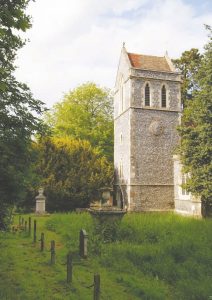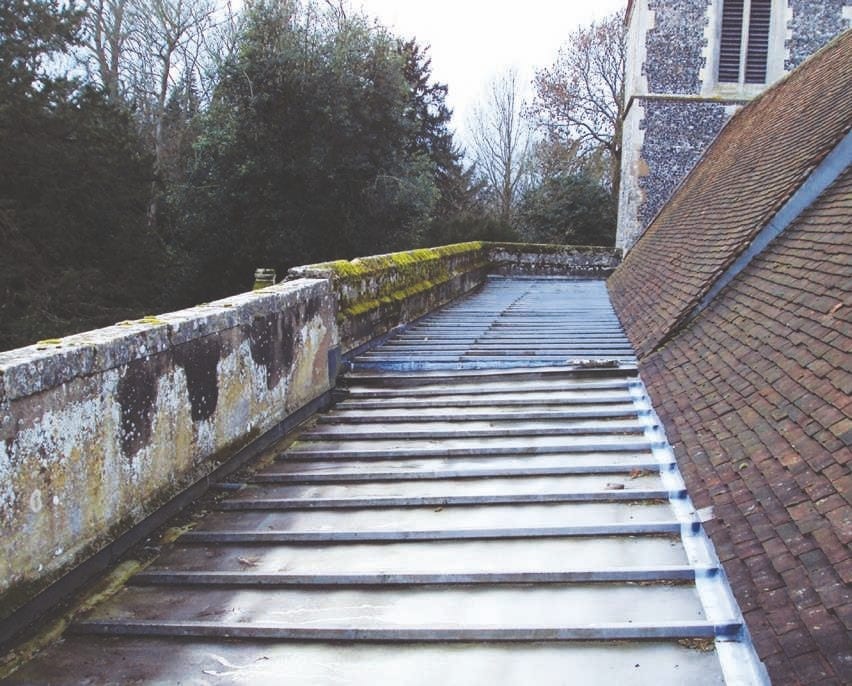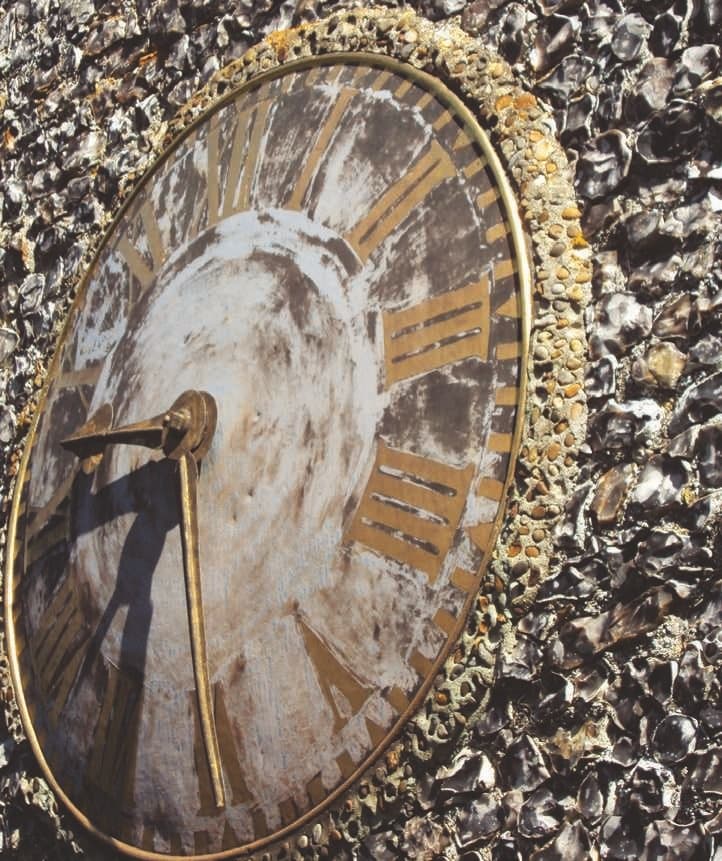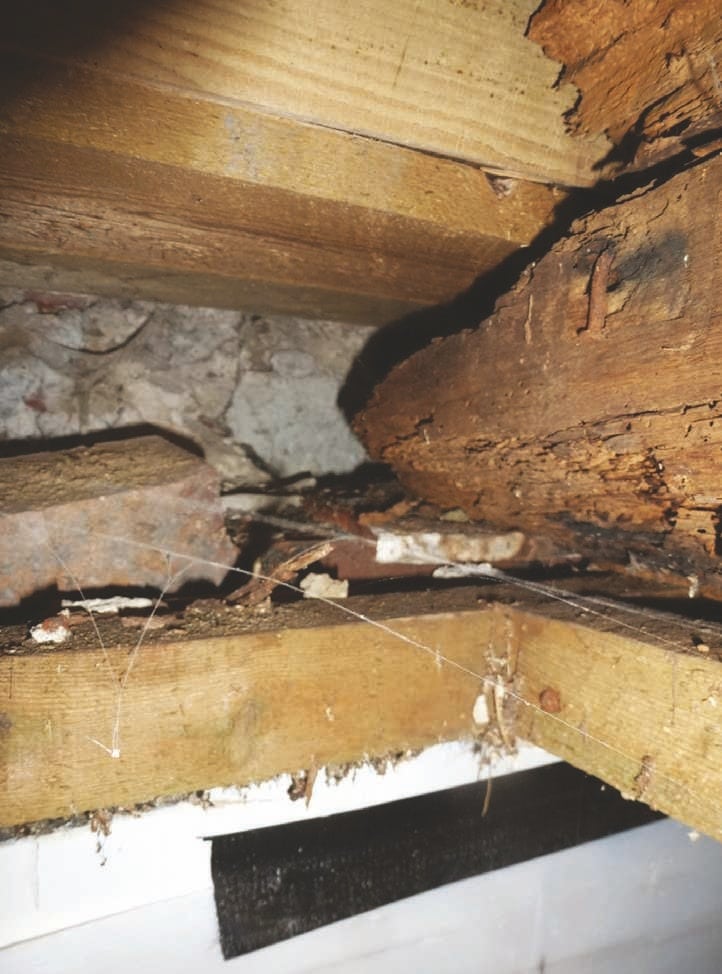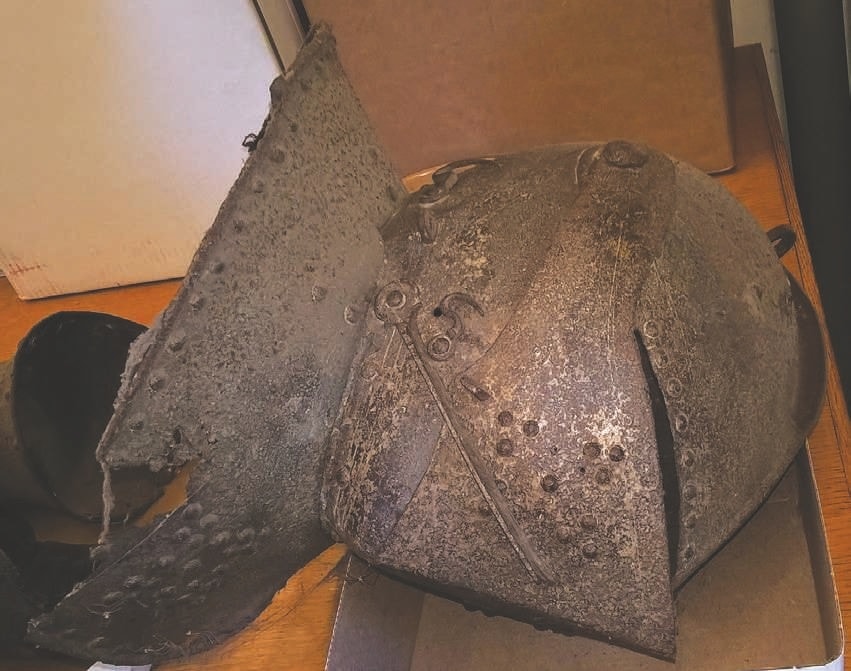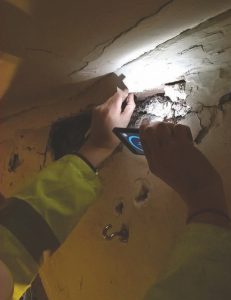Saving Kent’s Heritage – Tunstall Church
We follow the on-going restoration of tunstall church, a grade 1 listed church of great art-historical significance
St John The Baptist, Tunstall, is a Grade 1 listed parish church dating back to the 13th century nestled in an ancient hamlet just north of the North Kent Downs, the setting providing a quintessentially English background to a building steeped in history.
Crossroad paths intrigue and delight as you make your way through the flint and brick wall and lush yew trees in well-maintained grounds. There are several grave memorials of such
Our churches have become more than just a place to worship, they provide tranquillity for the soul.
Tunstall Church is made of knapped and coursed flint with some brick and Kentish ragstone – flint being also a local material. It has a
Regular maintenance and consistent upkeep are required for buildings of such significance. On a building as varied as this, it can be a relentless and expensive task. Recent works undertaken include emergency repairs to the aisles. Both were re-roofed in the late 20th century following lead thefts, but the ceilings were showing evidence of sagging. Architect Jo Deeming, who works for conservation specialists Purcell, recommended removal of the ceilings based on their dangerous state. This would also give opportunity to inspect the condition of the ancient roof timbers for hidden pockets of decay caused by water ingress and insect activity.
One of Jo’s priorities is the protection of the historic fabric, whilst also ensuring the safety of church users and visitors. “Working in a living building is always challenging, but none more so when that building is a church of great art-historical significance,” he says. “The fabric has different and complex meaning for parishioners, visitors and the statutory authorities who are charged with ensuring we make
“To keep the church protected and speed up the work, we introduced two safety decks above the pews and sealed the arcades and windows from dust and debris. This minimised the downtime for the church.”
When working on ancient fabric, there are often hidden surprises. One possibility was the presence of
It was found that moisture build-up in the roof void had accelerated the decay of some timbers and caused advanced nail rot in the lathe fixings. To keep as much of the historic fabric as possible, new ‘partner’ repairs were fixed, supplementing an old decayed timber with a new one to take the structural load.
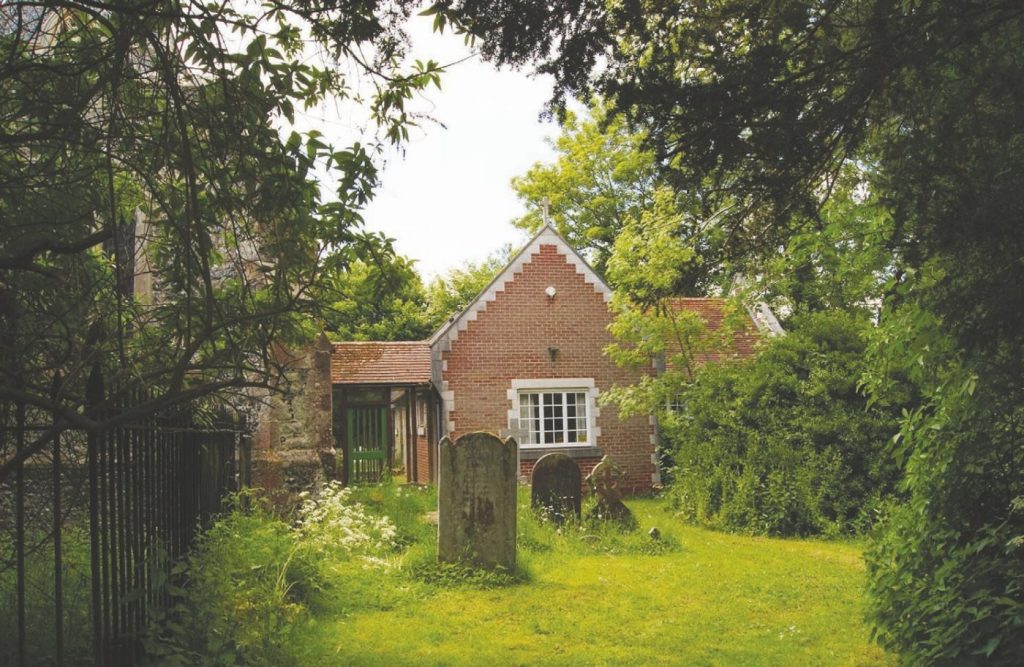
Vicar Alan Pinnegar says: “We have struggled to achieve substantial funding from individual trusts, though overall we have accumulated enough from various sources to carry out a significant portion of the urgent external work, hopefully in Spring 2019. This has been achieved through small grants and donations from local people and organisations. We are hopeful that by March we will have sufficient funding to work on both sides of the main aisle, including the lady chapel.”
In the lady chapel, a tomb carries the inscription: “Here Lyeth Sire Edward Hales of Tunstall in the county of Kent knight and baronet who dyed 6th October 1654 in the 78th year of his age.” On top of the tomb lies an effigy of Sir Edward and, mounted on the wall above, is some funeral armour – a helmet and gauntlets – which were customarily made for funerals of gentry and aristocracy. The memorial is signed by sculptors W Sweet and M Miles, 1655.
Louise Priestman works for architects Purcell, who
Posted in: Property
